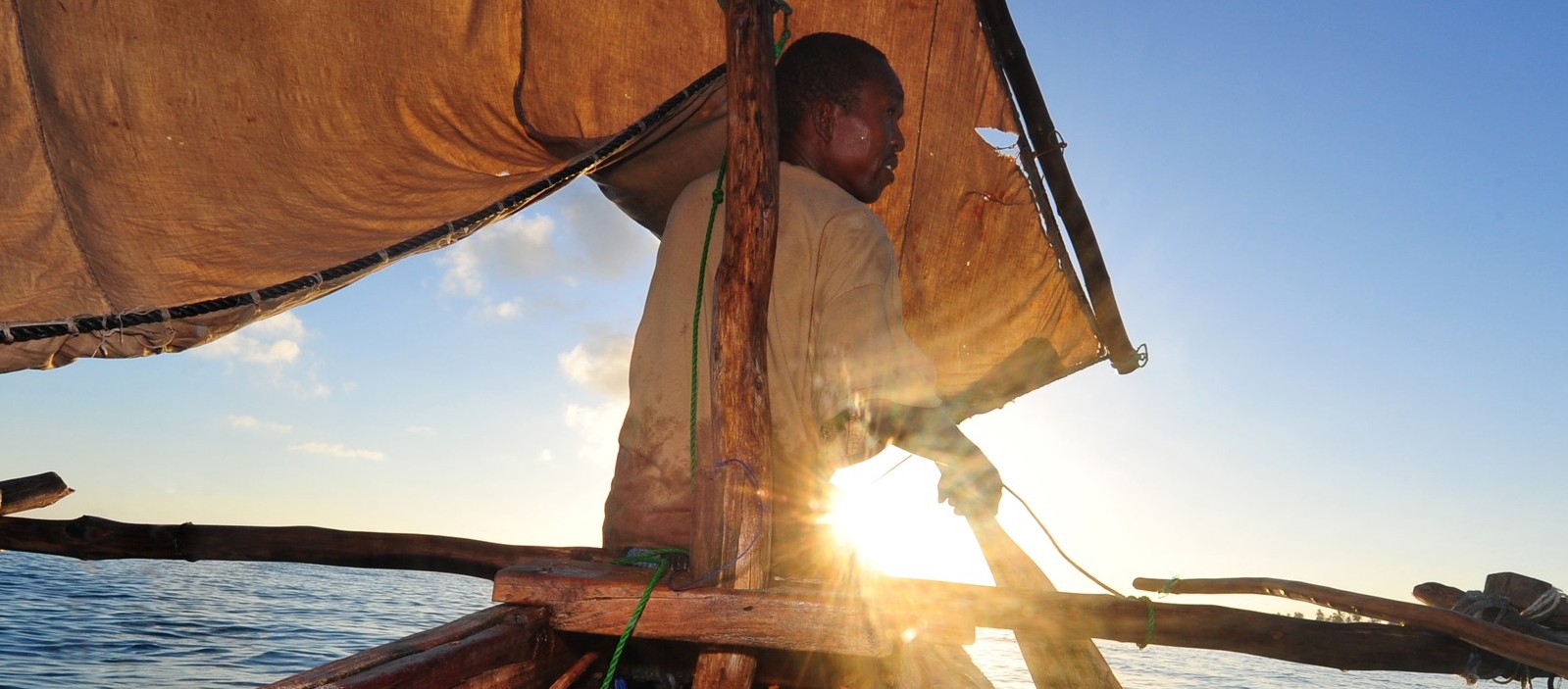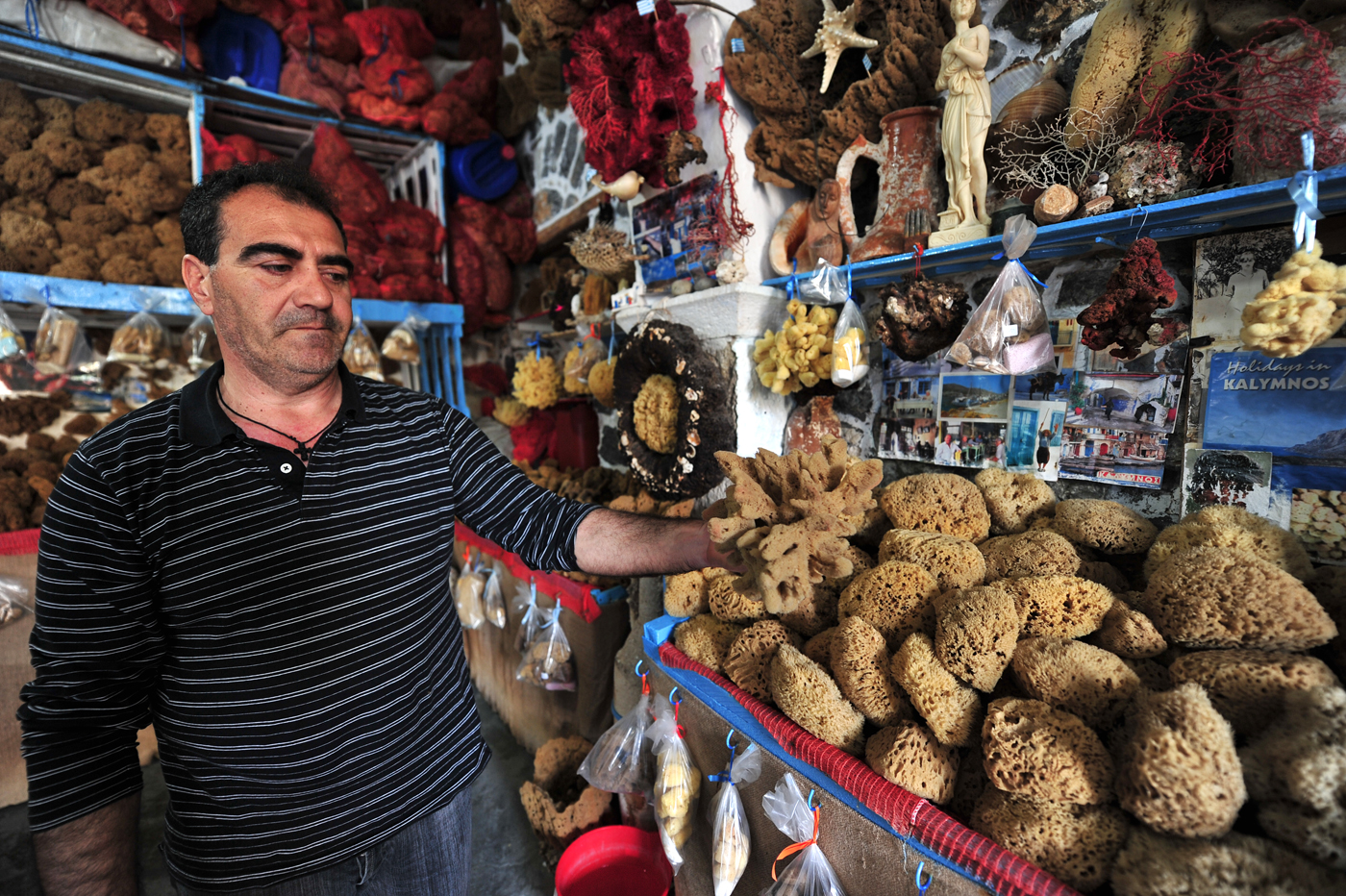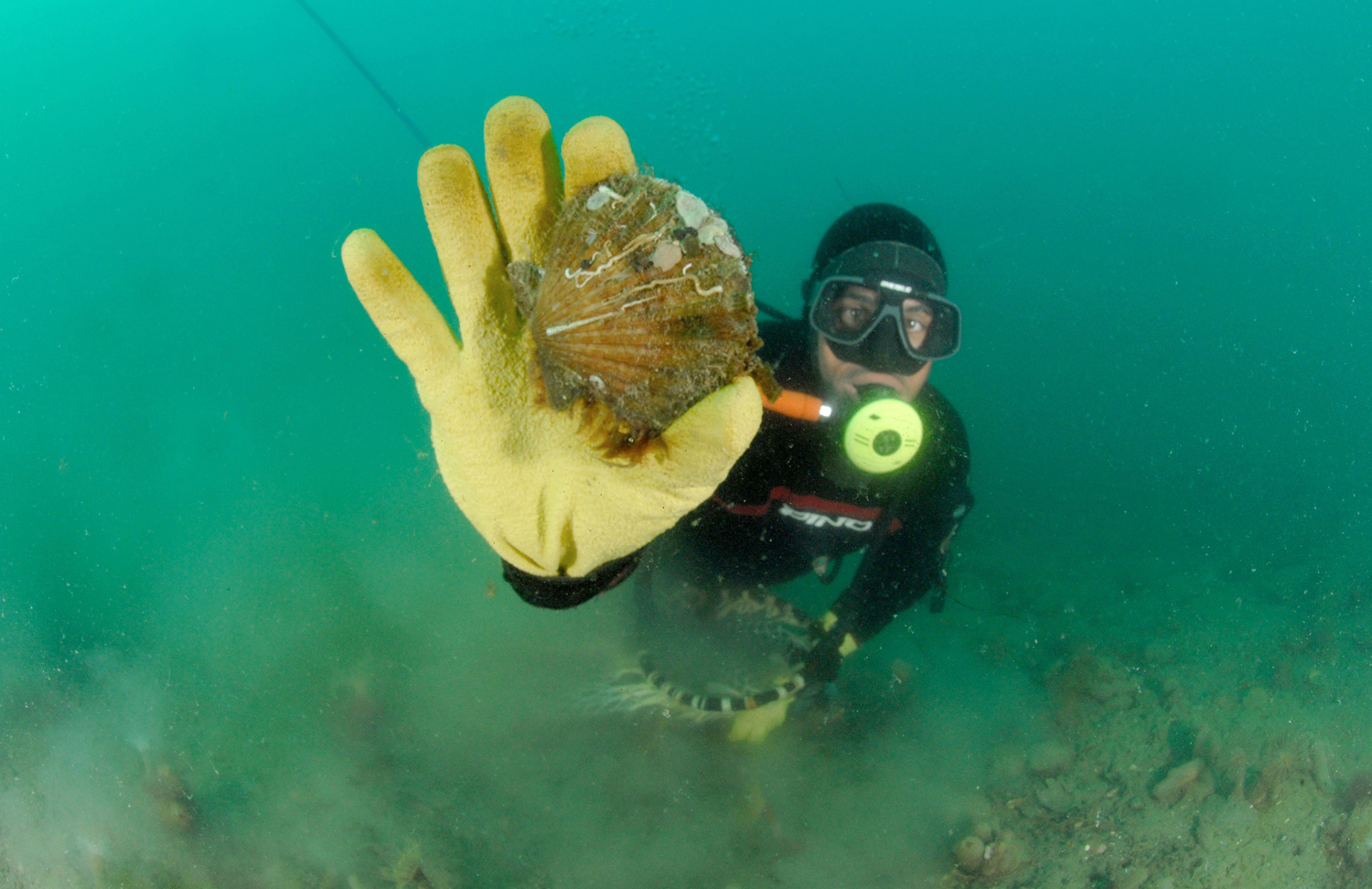
The sun beats down on their tanned and sunburnt bodies, harsh winds knock against their frail vessels, and chill water engulfs their skin raising goosebumps everywhere. Their minds pine for the comforts of their meager homes on the shore and their lungs scream for oxygen as the swim to the surface from a deep dive on a single breath. They are the fishermen of seven seas and each has his own hardships, abilities, needs, goals and necessary catch. Some must dive without equipment, some must lay traps, and still others must search far from home for any catch. But they all do it for the same reason; to live. Whether just for food or to earn a living, they must fish – their lives and their family’s lives depend upon it.
This is the story of “the Fisherman,” as seen through his own eyes. This documentary will portray a fresh blend of the personalities and bold attitudes of a diverse group of local fishermen and the ecological crises that drastically affect their everyday life. In this enthralling journey through the seven seas, we will show the harmonic and delicate relationship these men share with the seas. We will see, firsthand, the captivating struggle fishermen face. As they scour the sea in search of a catch, we will witness the ecological problems that are severely tarnishing the world’s seas and the fishermen’s ability to make a living out of fishing.

“The Fisherman” will tell the story of fishermen from different countries and oceans around the world: like Eli Rosilio, Mohamed “Modhi” Johari, Dario Diaz, Nickolas Gourlas, and Tawfiq. So far, we have begun shooting in Greece, Tanzania, Madagascar and Patagonia thanks to our traveling partner, photographer and marine researcher, Paula Faiferman. Along with continuing to shoot in these locations, this project will travel to Argentina, Israel, and Portugal to film the fishermen and the beautiful ocean scenes. This documentary will show the gripping techniques used for everything from diving for Argentinian scallops to fishing Greek sea sponges out of Mediterranean Sea bottoms.
Chaos has partnered with Asif Strategies, and professional oceanic photographer Paula Faiferman to film the global story of these local fishermen. Together, we are striving the capture the hardships and excitement they face, as well as the environmental destruction they see. We will show audiences the high definition beauty of the seven seas; taking care to show the magnificent variety of sea life the different fishermen traverse through every day. It is time someone spoke for the little guy, it is time their splendid adventures were shown to the world.
All pictures by Paula Faiferman.



 He has no parents, but a beautiful sister and a few nephews that live just near by.
He has no parents, but a beautiful sister and a few nephews that live just near by.








